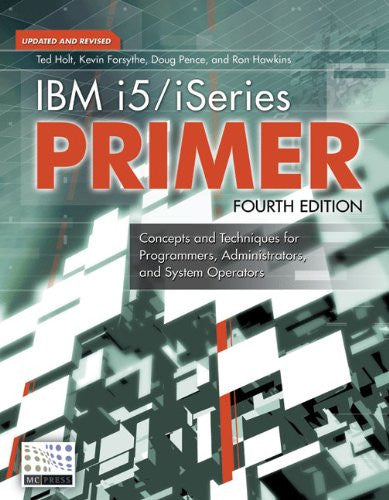“Inquiring minds want to know,” says an advertisement for a tabloid. I have an inquiring mind, but not about the lives of “beautiful people” or the prophesies of Nostradamus. I want to know what database management is going to be like down the road. You see, I have almost 30 years left until retirement (assuming I get to retire someday), and doing and writing about database management is how I make my living.
People depend on others like you and me to store their data for them. They say to us, “Here’s my accounts receivable. Put it on the computer in such a way that I can get to it.” I’ve been wondering for a while now how we’re going to store all the data they’re starting to ask us to keep up with.
For instance, what about photographs? Some of you have already found a way to save an employee’s photo along with his textual data so that his photo appears on a display when his record is retrieved. That’s terrific, but it’s not enough. Think of a real estate system, such as the Multiple Listing System common in so many areas of the United States. My local ISP provides a Web page that lets me search our local MLS. I can look for houses with four or more bedrooms and central heat and air. I can’t search for houses whose pictures have trees in the front yard or a red car sitting in the driveway.
I like the simplicity of the relational DBMS model, but I realize that some real- world problems don’t fit into a two-dimensional way of looking at things.
I’ve been reading lately about the research IBM is doing on database management systems. The IBM Almaden Research Center, in San Jose, California, has some interesting things going on, according to its Web site (http://www.almaden.ibm.com/cs/). IBM is aware of problems such as these and is developing some interesting technology to address them:
• Starburst was a project to build an extensible relational DBMS. Among other things, it allowed people to define their own operations on tables and columns, their own query optimization methods, their own data storage methods, and their own data access methods. I wouldn’t be surprised to see these capabilities in DB2/400 in the future.
• Garlic is a project whose goal is to “enable large-scale multimedia information systems.” This means managing lots of data of many different types.
• Starwinds is the project that produced much of the common code for the DB2 products for Windows NT, AIX, HP-UX, Sun Solaris, and OS/2. It added support for user-defined data types, user-defined functions, and BLOBs (binary large objects).
• The Quest project attempted to develop ways to look for patterns in large databases. Much of the technology that was developed as part of Quest is now commercially available in the IBM Intelligent Miner data mining product.
• IBM developed the QBIC™ (Query By Image Content) system to provide a way to query images based on such properties as colors and textures. If you want to see it in action, run some of the demos available at the Web site and/or download QBIC for a trial.
I hope you find this information interesting, as I do. Even so, that’s the future. What about the here and now?
First, read the articles in the Focus section of this issue. We have tried to select topics that would be practical for most AS/400 shops. I hope you will find these articles of benefit.
Second, expand your horizons. Look for ways to put the IFS to work in your applications. Look for ways to integrate Domino into your organization. The people with whom you work could probably benefit from access to information that won’t fit in DB2/400.
Third, look for more coverage of these areas in upcoming issues of Midrange Computing.
We are looking for authors who are successfully using the IFS and Domino. If you’re one of them, please contact me. I want to share your knowledge with your colleagues.

















 Business users want new applications now. Market and regulatory pressures require faster application updates and delivery into production. Your IBM i developers may be approaching retirement, and you see no sure way to fill their positions with experienced developers. In addition, you may be caught between maintaining your existing applications and the uncertainty of moving to something new.
Business users want new applications now. Market and regulatory pressures require faster application updates and delivery into production. Your IBM i developers may be approaching retirement, and you see no sure way to fill their positions with experienced developers. In addition, you may be caught between maintaining your existing applications and the uncertainty of moving to something new. IT managers hoping to find new IBM i talent are discovering that the pool of experienced RPG programmers and operators or administrators with intimate knowledge of the operating system and the applications that run on it is small. This begs the question: How will you manage the platform that supports such a big part of your business? This guide offers strategies and software suggestions to help you plan IT staffing and resources and smooth the transition after your AS/400 talent retires. Read on to learn:
IT managers hoping to find new IBM i talent are discovering that the pool of experienced RPG programmers and operators or administrators with intimate knowledge of the operating system and the applications that run on it is small. This begs the question: How will you manage the platform that supports such a big part of your business? This guide offers strategies and software suggestions to help you plan IT staffing and resources and smooth the transition after your AS/400 talent retires. Read on to learn:
LATEST COMMENTS
MC Press Online